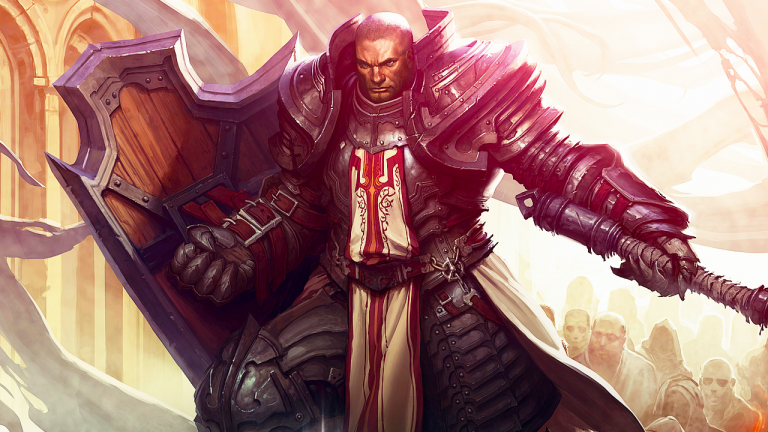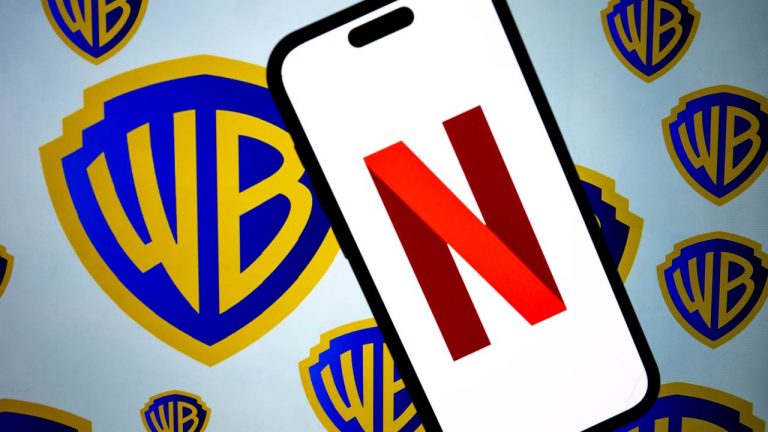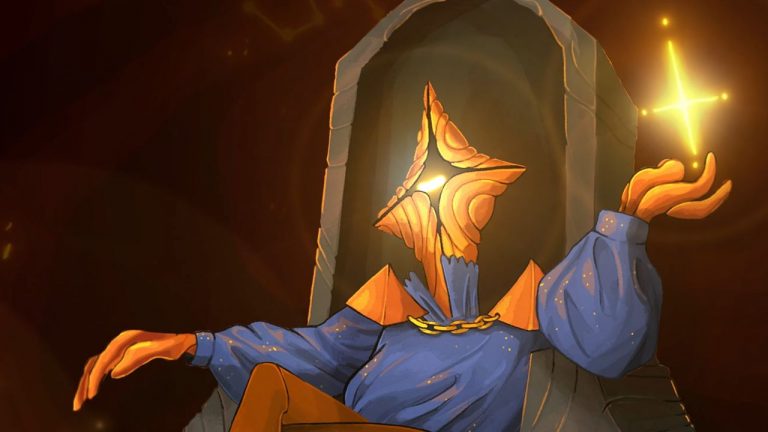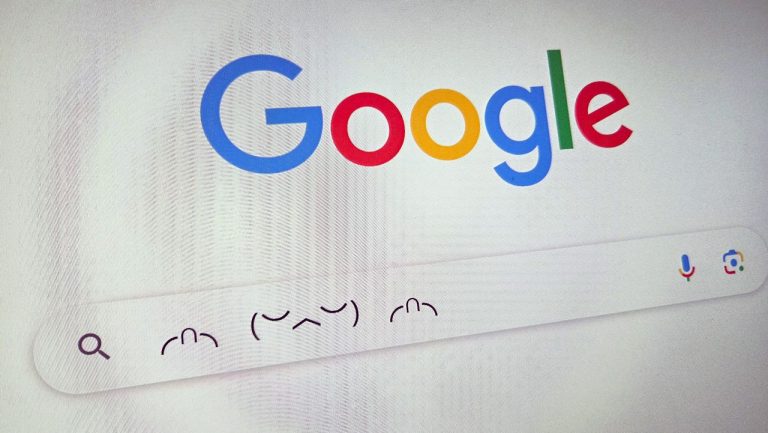Wondering what a Lolicon is? Here’s everything there is to know about the Japanese term in this article!
Lolicon, short for “Lolita Complex,” is a sub-genre of fictional media, particularly in anime and manga, that features young female characters (minors) portrayed in a sexual or erotic way. This subject has been a source of ongoing controversy, especially regarding its definition and acceptance, as many people are unclear about its true meaning.
In this article, we’ll provide a clear and comprehensive explanation of the topic to help you fully understand its meaning. Additionally, we’ll explore other important aspects related to the subject to offer a well-rounded perspective.
Disclaimer: This guide is intended for educational purposes only, as the subject of Lolicon has often been confusing for many.
Table of Contents
Where Does the Word Lolicon Come From?Lolicon: What You Should Know About it?Its Legality
Where Does the Word Lolicon Come From?
The term “Lolicon” is inspired by Vladimir Nabokov’s controversial 1955 novel Lolita, though the connection is more thematic than direct. The subject itself dates back to the late 19th century when artists began creating characters that challenged conventional age and maturity stereotypes.
The sub-genre began to take form in niche magazines and manga series that appealed to specific subcultures within Japan’s broader otaku community. One of the earliest examples was the work of manga artist Hideo Azuma, whose 1979 series Futari to Gonin featured early representations of the subgenre.
Lolicon: What You Should Know About it?
Lolicon has become a widely used term in the anime and manga communities and some gaming communities. For instance, games like Genshin Impact include characters referred to as “Loli,” which are young female characters depicted sexually.
The debate over whether these characters should be termed Lolicon or Loli often receives less attention compared to the broader ethical concerns surrounding their portrayal.
The term describes an attraction to female minor characters in fictional media such as manga and anime. It’s similarly used for individuals with this attraction and media created objectively for such; just as Shotacon is used for those attracted to male minor characters.
Basically, “Loli” has become synonymous with sexual precocity, but this isn’t always the case, as different people assign different meanings to the term. Moreover, not all anime or manga featuring underage characters are Lolis. So, it’s important to understand the difference between underage fictional characters and those depicted in a sexualized manner.
Despite its controversial nature, Lolicon has made a significant impact on popular culture both in Japan and internationally.
Its Legality
In Japan, Lolicon characters appear in various forms of media, including anime, manga, and video games. While the subject is merely controversial in Japan, it’s outrightly condemned in some countries like the United States, with stringent laws against the sexualization of minors.
Overall, it’s crucial to understand what this subject entails and the potential psychological effects it may have, as the sexualization of minors, whether fictional or real, is considered inappropriate.
READ NEXT: Dr Disrespect Twitch Ban and Fallout Explained [2024]












